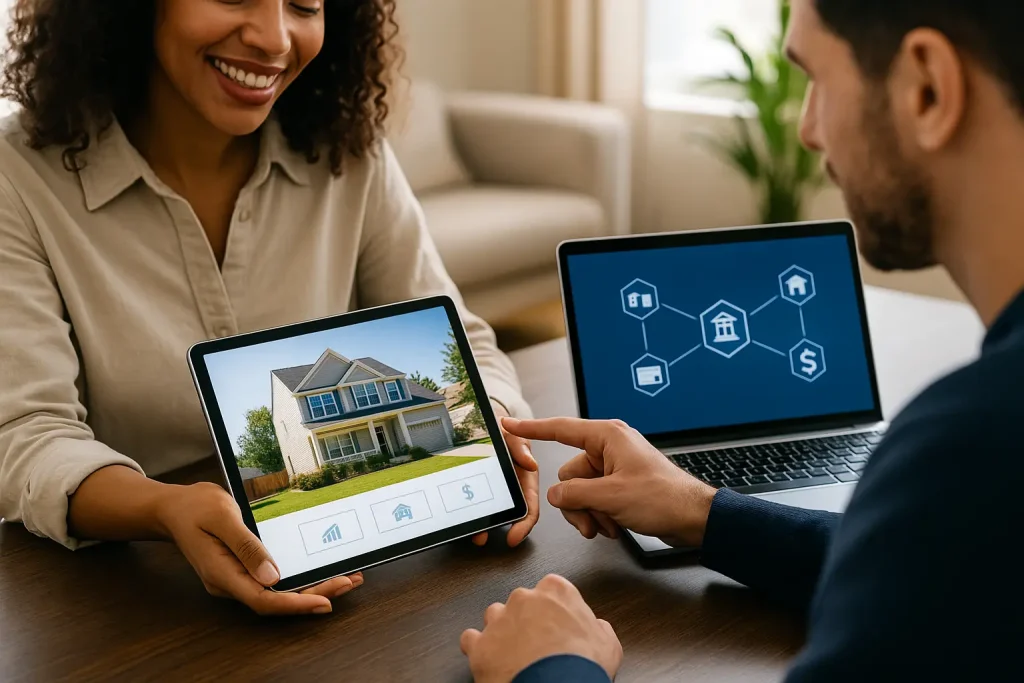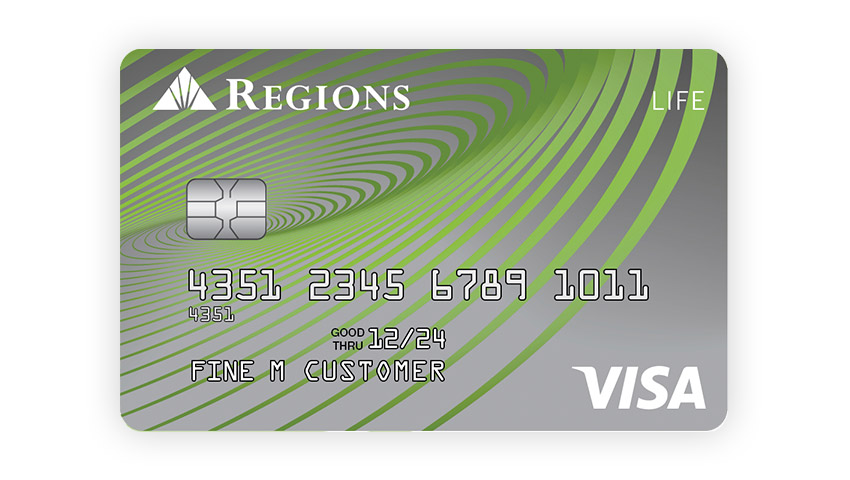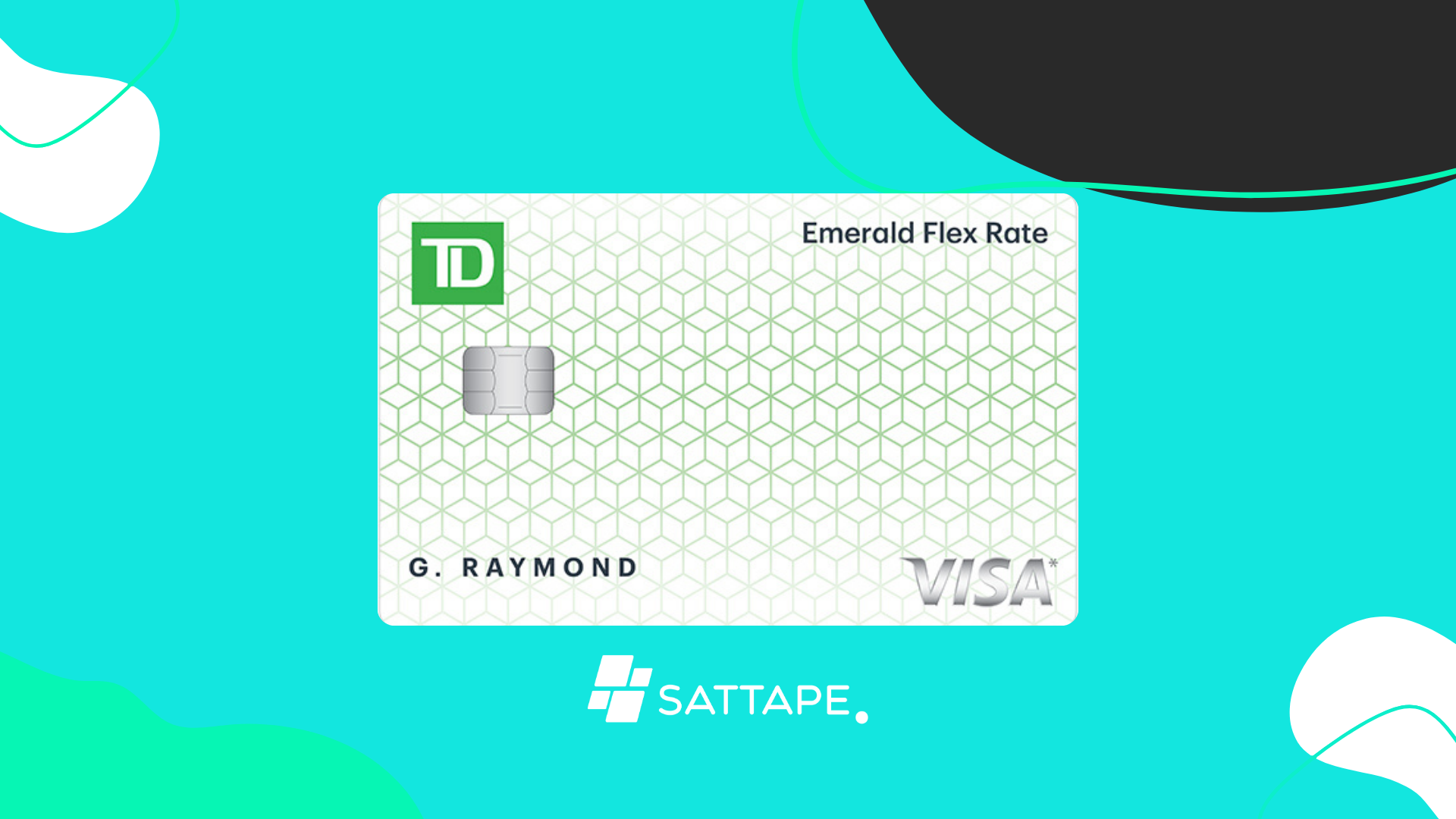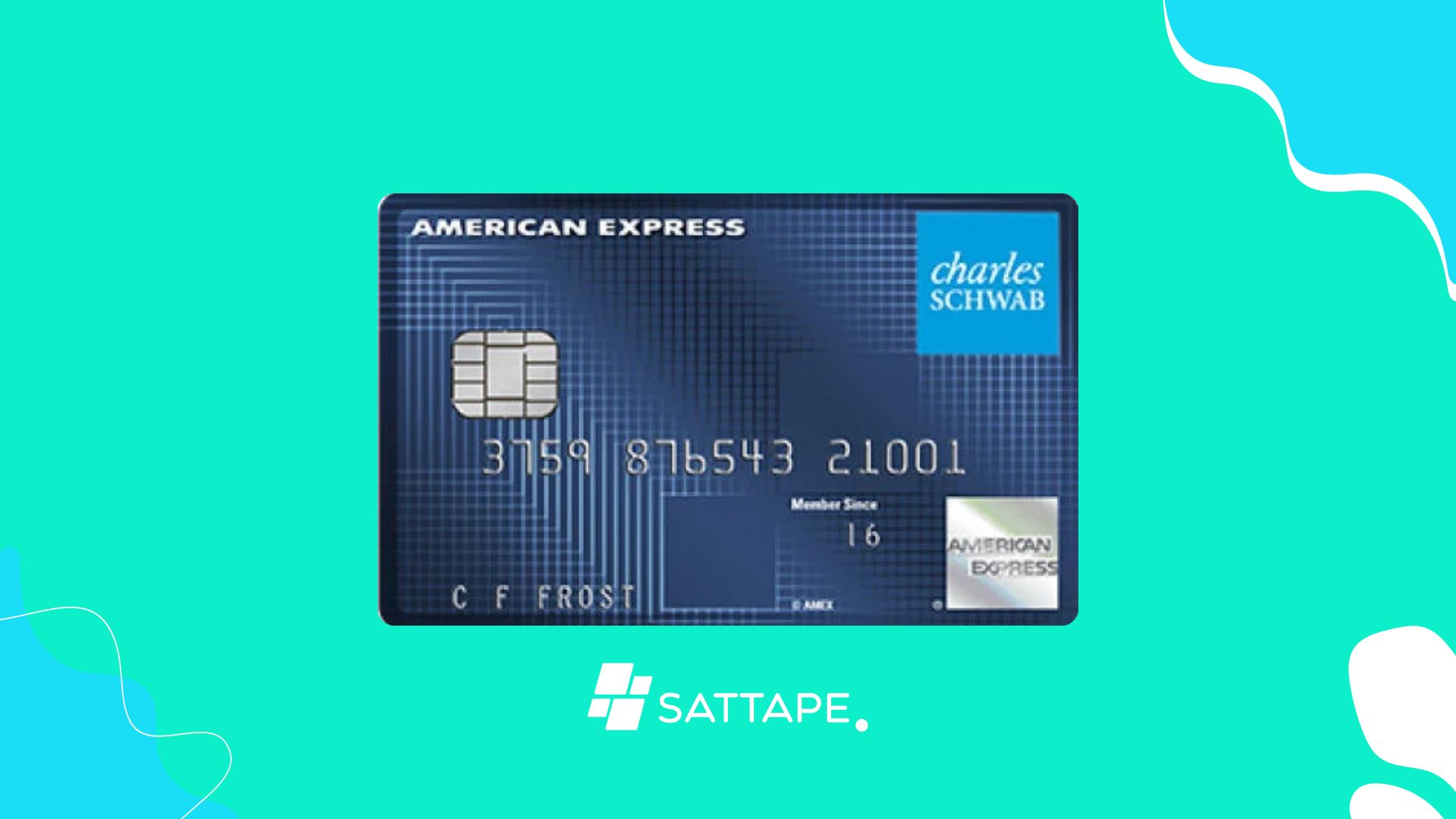The American real estate market is undergoing a major transformation driven by technology and accessibility. Through fractional real estate investments, everyday investors can now own a share of properties once reserved for high-net-worth individuals. This shift is changing the way people build wealth, offering an inclusive approach to property ownership.
Digital platforms have made it easier than ever to participate in the real estate sector without large capital requirements. By pooling resources, investors can purchase fractions of residential, commercial, or vacation properties, earning returns through rental income and appreciation. Investments are not only a new trend—they are reshaping the foundations of financial inclusion.
Page Contents
ToggleWhy fractional real estate investments are growing in popularity

The rise of fractional real estate investments is largely due to digital innovation and shifting investor preferences. Traditional real estate often required substantial upfront costs, complex legal processes, and ongoing management responsibilities. Now, technology-driven platforms handle these details, allowing users to invest from as little as a few hundred dollars.
Another reason for their popularity is diversification. By spreading capital across multiple properties or regions, investors can reduce risk and enjoy steady returns. This model appeals especially to millennials and Gen Z, who value flexibility, transparency, and digital convenience when managing their portfolios.
Key benefits of fractional real estate investments
For new and seasoned investors alike, fractional real estate investments offer opportunities that combine stability and innovation. These platforms blend the tangible security of real estate with the simplicity of digital investing.
- Lower barriers to entry compared to traditional property ownership
- Portfolio diversification across multiple real estate sectors
- Passive income through rent and capital appreciation
- Full transparency via digital dashboards and regular reports
These advantages make fractional real estate investments an attractive alternative to conventional real estate deals. They democratize access to a market that was once dominated by large institutional investors, empowering individuals to grow wealth at their own pace.
The leading platforms in the U.S.
As demand rises, several companies have emerged as key players in investments landscape. These platforms simplify property selection, management, and distribution of returns, helping investors access opportunities nationwide.
| Platform | Minimum Investment | Type of Properties | Notable Features |
|---|---|---|---|
| Fundrise | $10 | Residential and commercial | Automated portfolio management |
| Arrived Homes | $100 | Single-family rentals | Fractional ownership with passive income |
| RealtyMogul | $5,000 | Commercial and mixed-use | Accredited and non-accredited investor options |
| Lofty AI | $50 | Tokenized rental properties | Real-time property value tracking |
| Ark7 | $20 | Residential units | Instant liquidity through secondary market |
These platforms have transformed how Americans invest in real estate. The combination of low entry points, data transparency, and automated systems makes fractional real estate investments a cornerstone of modern financial technology.
Building a smarter real estate future
The integration of blockchain and tokenization is taking fractional real estate investments to the next level. With digital ownership recorded securely on the blockchain, investors gain both transparency and liquidity—two features rarely available in traditional real estate markets. This technological shift creates trust and efficiency while lowering operational costs.
Moreover, the social impact of democratizing real estate is profound. By opening the market to smaller investors, these platforms foster economic inclusion and create new opportunities for financial growth. The future of property investing is no longer exclusive—it’s participatory, data-driven, and globally connected.
Conclusion: bridging technology and ownership
The growth of fractional real estate investments marks a turning point in the financial world. What was once a high-barrier market is now accessible to nearly anyone with an internet connection and a vision for long-term wealth. Digital platforms have redefined ownership, turning real estate into a shared, flexible, and transparent asset class.
Ultimately, the success of this model lies in balance. While investments offer convenience and affordability, investors should still assess platform reliability, market conditions, and legal protections. With the right strategy, this innovation can bridge the gap between technology and financial empowerment—making real estate ownership truly democratic.




